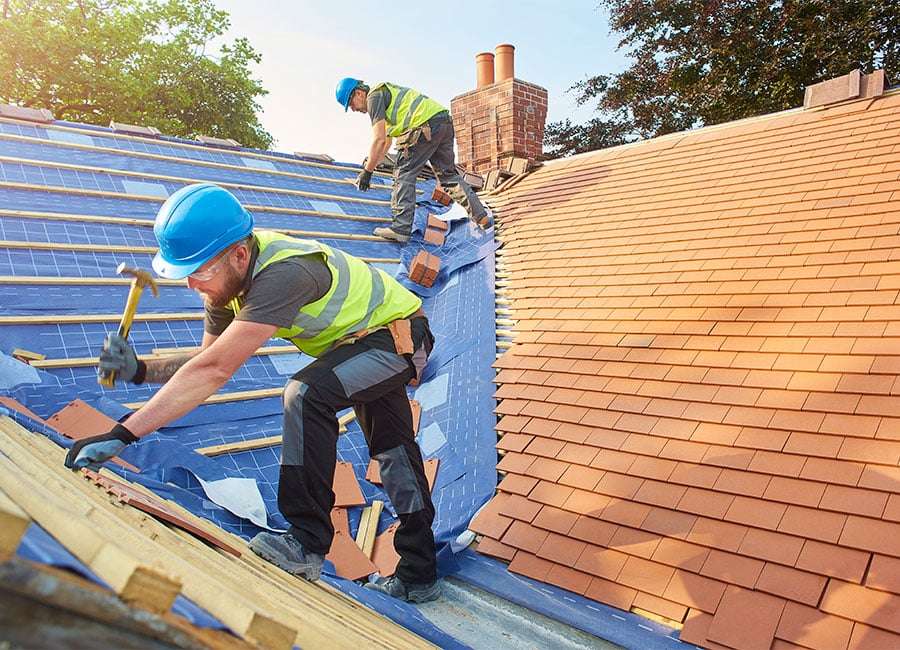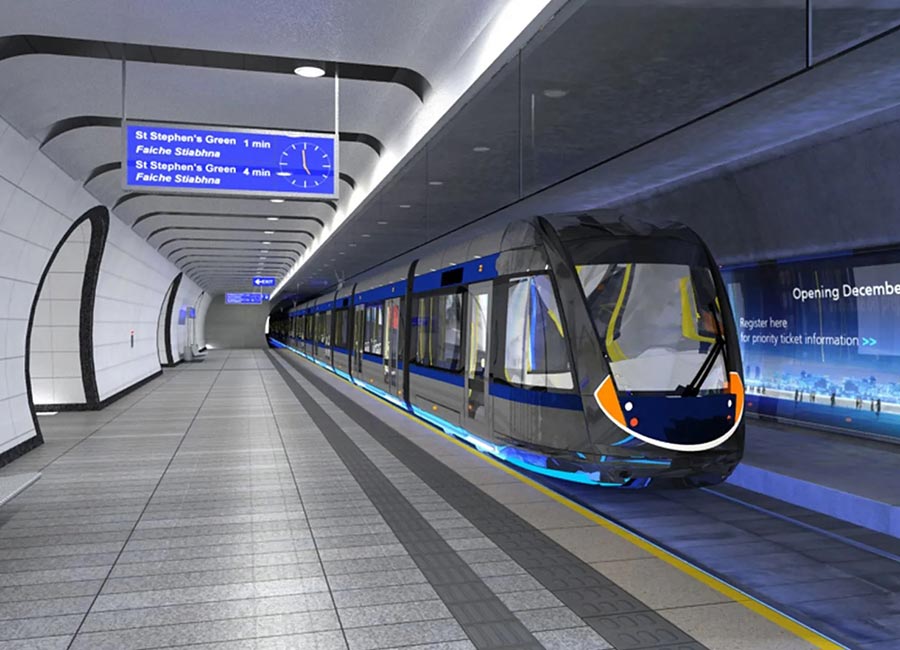Activity in the construction sector returned to growth at the end of the third quarter following three months of contraction, according to the latest BNP Paribas Real Estate Ireland construction PMI.
The headline seasonally-adjusted total activity index moved back above the 50.0 no-change mark to 50.2 in September from 46.9 in August.
Increases were seen in both commercial (51.1) and housing (50.8) activity in September following three-month periods of contraction, but civil engineering activity (41.5) continued to fall.
“Operations now appear to have stabilised at this lower level with the September PMI reading broadly in-line with August’s figure," said John McCartney, director and head of research at BNP Paribas Real Estate Ireland.
"Current activity levels appear to be reasonably well aligned with forward-looking sub-indices of the PMI, suggesting that the sector is neither anticipating a construction boom nor a collapse in the months ahead."
Signs of stabilisation in new orders supported the return to growth, with the rate of reduction in orders slowing sharply from recent months, but there were ongoing reports of difficulties caused by rising prices and fragile demand.
Where new business fell respondents reported inflationary pressures, with some firms also highlighting the impact of wider economic weakness.
Sustained cost pressures were signalled by the rate of input price inflation accelerating to a three-month high on the back of higher energy raw material and transportation costs. Panellists often linked price rises to the war in Ukraine.
Signs of life in new orders also encouraged firms to increase staffing levels, and employment has now risen for 17 of the past 18 months.

However, purchasing activity continued to fall, for the fourth successive month, albeit at the slightest rate measured during that sequence. Respondents indicated that a lack of new orders meant that there was little need for them to expand input buying.
"In the short term, order books are broadly unchanged from August and, reflecting this, input purchases are similarly stable. Looking slightly further ahead, the future expectations index indicates that marginally more firms expect to be busier in one year’s time than less busy, despite a continued increase in construction costs," McCartney added.
"Reflecting this, builders held on to their staff through the summer slowdown, and employment in the surveyed firms has actually edged-up slightly in the last two months.”
Where firms did purchase inputs, they were again faced with delivery delays. Shortages of couriers and higher fuel costs were the main factors causing longer lead times. The latest deterioration in vendor performance was the least pronounced since February 2020 though.
September saw a renewed increase in sub-contractor usage, ending a three-month period of decline, and the availability of sub-contractors declined to the least extent in 20 months. The rates charged by sub-contractors continued to rise sharply.
The survey also renewed optimism in the 12-month outlook for activity amid hopes of improvement in business conditions. Again, the positive sentiment was the first recorded in four months, but confidence remains muted due to concerns of a wider economic downturn.
Commenting on the impact of Budget 2023, McCartney said that construction firms would be boosted by the extension of Help to Buy and that the 10% concrete levy would be "seen as a potentially unhelpful addition to costs.”
(Pic: Getty Images)











